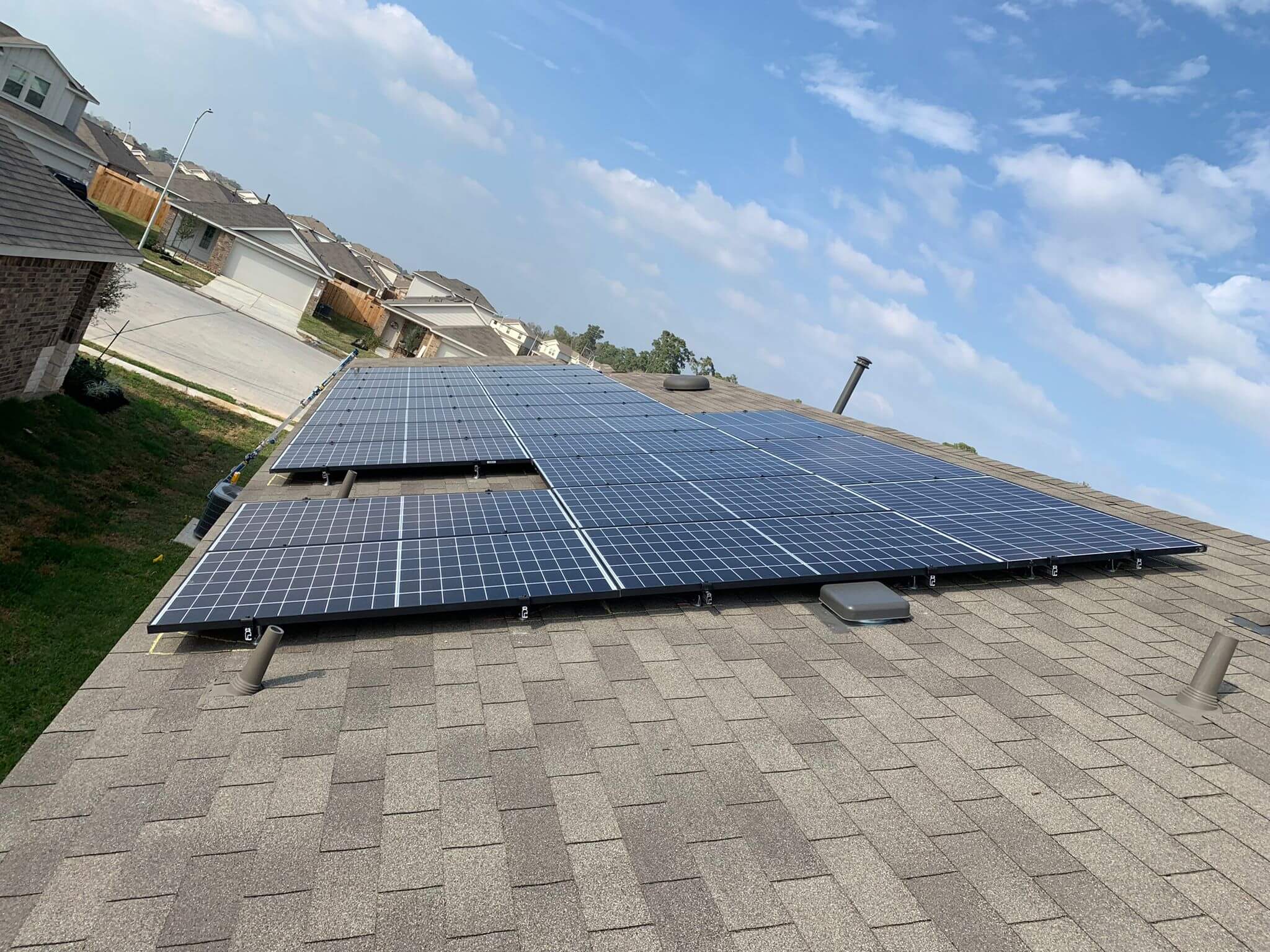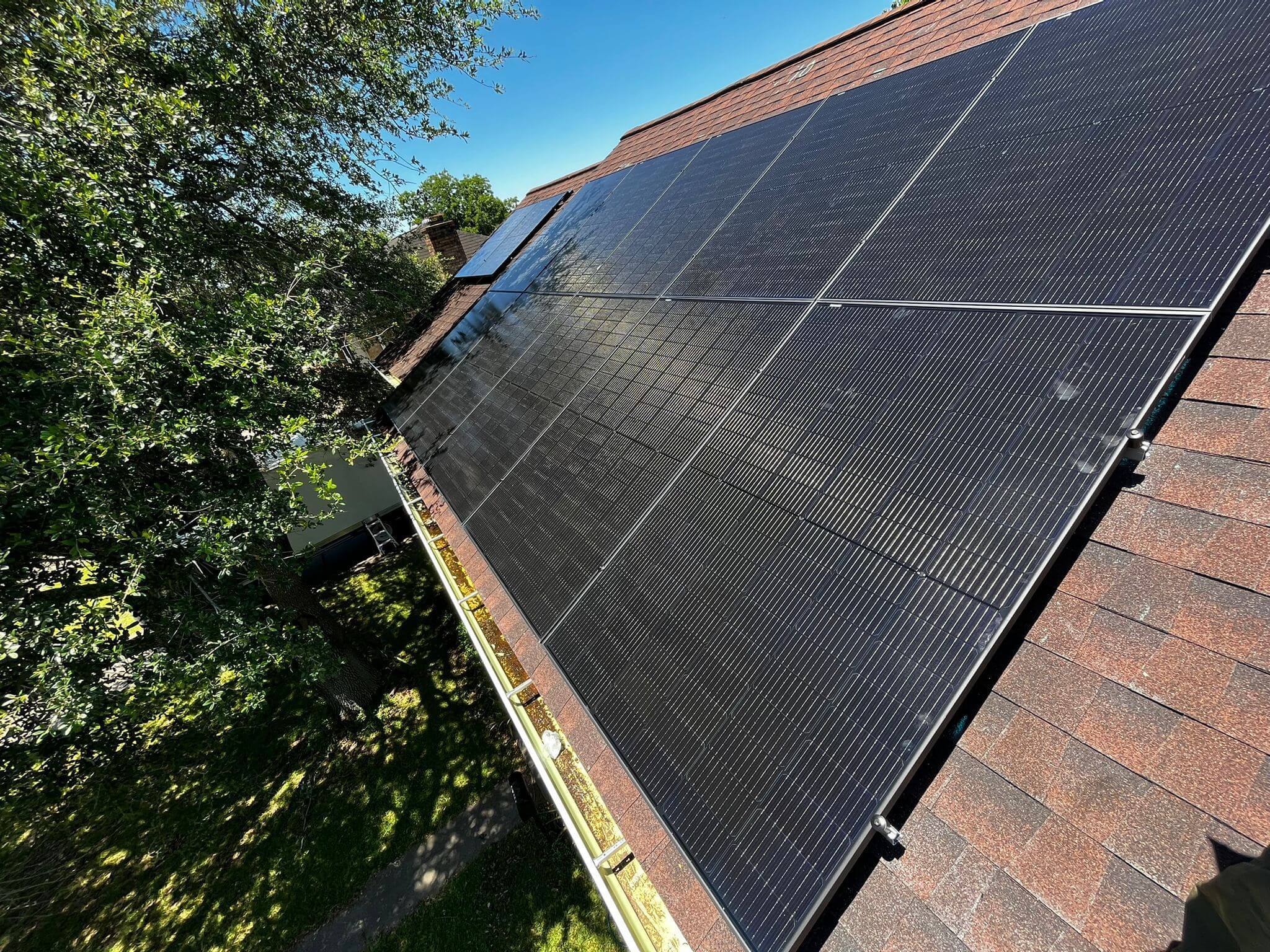Solar Academy
Ready, Set, Solar
Welcome to the Solar Academy, your go-to destination for comprehensive guides on solar energy, battery storage, and more from our experts.
Solar Energy Educational Portal
Get In Touch With Us
What is Photovoltaics?
Photovoltaics is a term first coined around 1890, and it comes from the Greek words (photo) signifying light, and (volt) denoting electricity, thus it describes the phenomenon known as the photovoltaic effect, wherein light is directly transformed into electricity. Photovoltaics is also commonly abbreviated as PV, referring to the cutting-edge technology that leverages the energy of sunlight to generate electricity.
This crucial discovery of the photovoltaic effect led to the creation of solar cells, which are devices designed to capture and convert sunlight into usable electrical energy. The ability to directly convert light into electricity paved the way for the development of solar technology, including solar panels and photovoltaic systems, enabling the harnessing of solar energy for various applications. Not only that, but the declining cost of solar panels contributes to the increased accessibility of this technology, holding the potential to liberate society from non-renewable energy and address pressing environmental challenges.


The Benefits of Using A Solar Battery
Energy Storage and Independence:
Cost Savings and Environmental Impact: By maximizing self-consumption of solar energy, users can potentially lower electricity bills and contribute to a reduced carbon footprint.
Grid Support and Flexibility: Some solar batteries provide grid support functions, enhancing grid stability, efficiency, and flexibility.
Backup and Off-Grid Power: Solar batteries serve as reliable backup power sources during grid outages and are essential for off-grid applications in remote areas.
The Benefits of Using A Solar Battery
What is a String Inverter?
String Inverters, also known as single-phase inverters, are the traditional workhorse of solar installations and the most cost-effective option available in the US. All the solar panels in the system are arranged into groups linked with strings, hence the name. Many panel strings can be linked to a single inverter, transforming the panels’ direct current electricity into appliance-friendly power. While this design may be more straightforward, it has its advantages, especially in larger installations.
What is a Micro-Inverter?
Are Solar Inverters Weatherproof?
Solar inverters are indeed designed with weatherproof features, ensuring their resilience to various environmental conditions. These inverters are engineered for outdoor installation, constructed to withstand the challenges posed by diverse weather elements such as rain, snow, and humidity. The weatherproof design guarantees that solar inverters can consistently and efficiently convert solar energy into usable electricity, contributing to their extended lifespan.
Does Solar Inverters Come With A Warranty?
Warranty coverage for solar inverters can vary from one solar company to another as it all depends on the terms and conditions outlined in the solar warranty offered by each company and the manufacturer of the inverter installed. However, at Solstice Solar we offer a 25 year warranty to the solar inverters we install. We use Enphase Energy micro-inverters ensuring reliable performance and optimizing solar energy generation. Lastly, navigating information about solar inverters can be overwhelming due to its complexity, therefore if you have questions or want to learn more, book a free solar consultation with our team for personalized assistance.
The Different Types Of Solar Battery Technologies
With technological advancements, the landscape of battery technology has evolved, giving rise to various types. Among these, the two most common are lithium-ion and lead-acid batteries. Now, let’s delve into the distinctions between these two types of batteries.
Lithium-ion Batteries
Lithium-ion batteries are favored by manufacturers due to their higher Depth of Discharge (DoD), ensuring a larger portion of stored energy can be used. These batteries also offer a reliable lifespan, consistent performance, and a compact size, making them desirable for various applications. However, their advantages come with a higher cost compared to traditional lead-acid batteries.
Lead-acid Batteries:
Lead-acid batteries, commonly found in car batteries, have long been utilized in energy storage, particularly in in-home off-grid power systems, valued for their affordability. However, in comparison to lithium-ion batteries, lead-acid batteries have a lower Depth of Discharge (DoD) allowing a smaller portion of stored energy to be effectively used and a shorter lifespan. Despite being cost-effective, the shift towards lithium-ion technology is driven by its superior performance and longevity, albeit with a higher initial cost.
